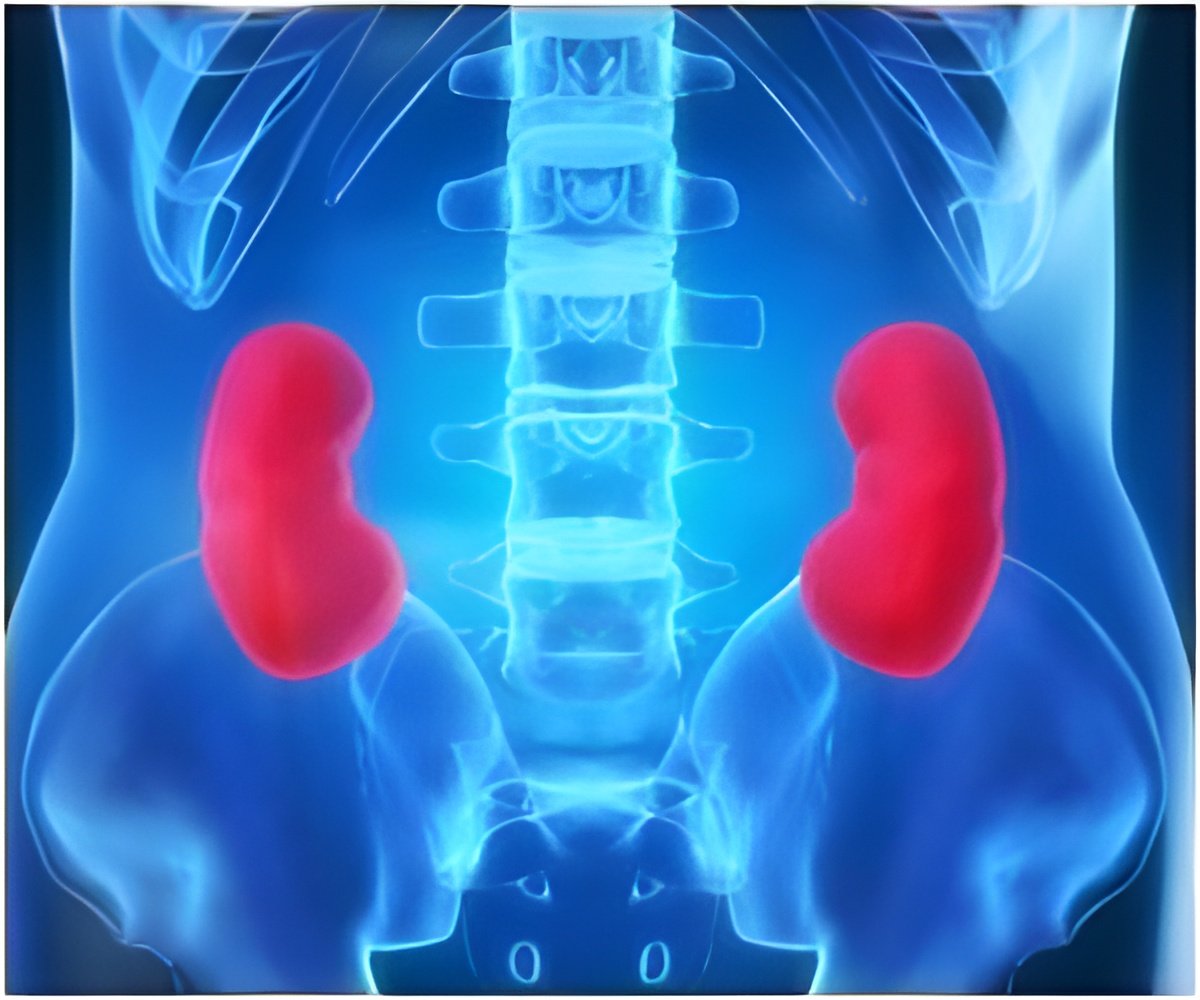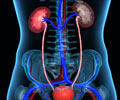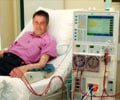
Although still in the testing phase, experts say the procedure could one day help hundreds of thousands of patients.
Half of patients fail to achieve good blood pressure control with drugs.
This is partly because it can be difficult to remember to take medication every day. But for up to a fifth of patients it is because the drugs simply have no effect.
Experts believe the new procedure could help many of these better control their condition, thereby lowering their risk of future strokes and heart attacks.
Doctors led by Professor Murray Esler at the Baker IDI Heart and Diabetes Institute in Melbourne, Australia, has been testing the safety and effectiveness of the therapy, reports the BBC.
Advertisement
Once in place, the catheter is connected to a machine that generates radio waves, known as radiofrequency energy.
Advertisement
By stopping these nerves from sending signals the treatment lowers blood pressure.
The Australian team, working with 24 centres across the globe, have tested the treatment in trials involving more than 100 patients.
They found the therapy lowered blood pressure by about 10mmHg or more - which although is not enough to return blood pressure to a 'normal' level is enough to reduce some of the associated health risks of very high blood pressure.
And, importantly, there were few side effects if any.
Six months after the treatment, 41 (84 pc) of 49 patients who underwent the procedure had a reduction in systolic blood pressure of 10mmHg or more, compared with 18 (35 pc) of 51 controls.
The study has been published in The Lancet medical journal.
Source-ANI










